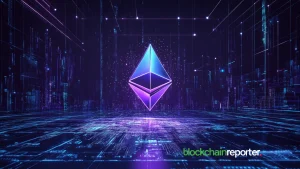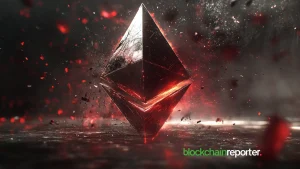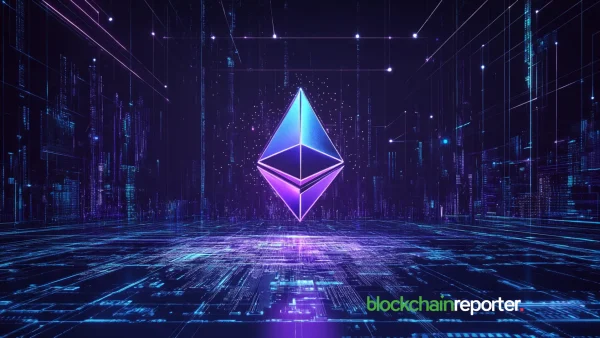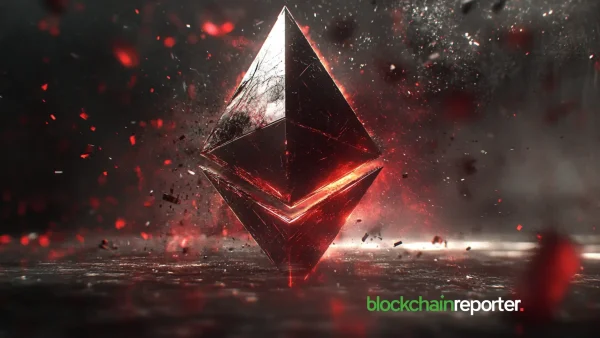
Ethereum’s infrastructure keeps changing as developers try to boost the ecosystem’s scalability and cross-chain abilities. A new update from the Ethereum-Optimism GitHub repository has brought in a fresh idea: the SuperchainERC20 and ICrosschainERC20 redesign. This change is a big step to make Ethereum’s ecosystem more connected and flexible, making it more attractive in the growing blockchain Layer 2 solutions world.
SuperchainERC20 and ICrosschainERC20: What’s Got People Talking?
This key change involves moving the sendERC20 and relayERC20 functions to a new SuperchainERC20 standard, which now works with a SuperchainERC20Bridge. The standout feature is the new ICrosschainERC20 interface. Developers created this interface to work across different chains and to expand to other Layer 2s (L2s).
The new interface lets you mint and burn ERC20 tokens across different blockchain networks without being stuck to one L2 solution. Cross-chain neutrality creates new chances for systems to work together, allowing assets to move between various Ethereum Layer 2 networks.
Vitalik Buterin’s Support For SuperchainERC20
Vitalik Buterin, one of the co-founders of Ethereum, commented on this development and seemed very excited about how the community is willing to cooperate on different blockchains.
He tweeted, “I think people are sleeping on just how much Ethereum infrastructure players are willing to cooperate and build a unified Ethereum ecosystem.”
His statement reveals the greater scheme to improve the Ethereum system, allowing for more interoperability between separate blockchains, which is necessary with the constant expansion of the blockchain universe.
Buterin’s backing highlights how crucial the redesign is, consistent with his notion that Ethereum is not just a fragmented collection of L2 operating independently but a coherent and interoperable system.
Is L2 Cooperation Necessary?
The update has sparked debate in the community despite the excitement. Some people think L2 cooperation might not be essential since many projects work across chains without collaboration. A Twitter user pointed out that various protocols use relayers and decentralized bridges to move assets between chains, hinting that a single standard might sometimes be unnecessary.
Buterin responded that while general unification might work for popular ERC20 tokens, rare ERC20 tokens, NFTs, and more complex use cases will benefit from a standardized, interoperable approach.
Practical Cross-Chain Interoperability
ICrosschainERC20 has the potential to change how assets will flow between Ethereum-based networks. It will become much easier for developers to build dApps across multiple L2s. The upgrade makes it easier for users to transfer assets between L2s, thereby reducing friction and making the Ethereum ecosystem much more user-friendly.
Developers will adopt this interface, which will help Ethereum’s position as a leader in blockchain interoperability. Other blockchain networks may be pressured to adopt similar protocols, resulting in a more uniform and constructive decentralized ecosystem.









